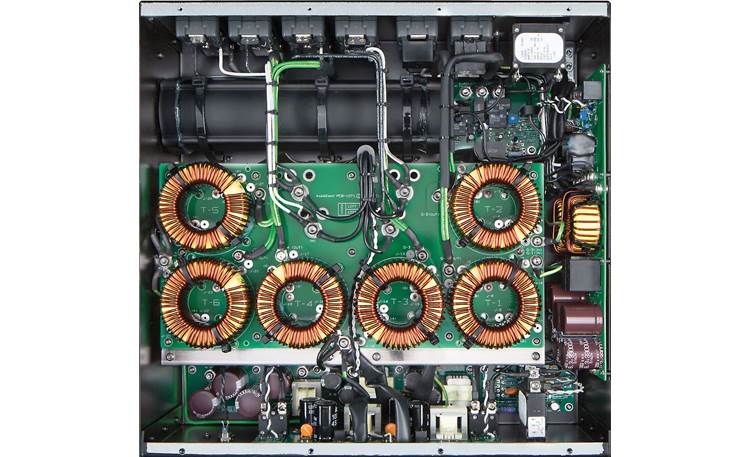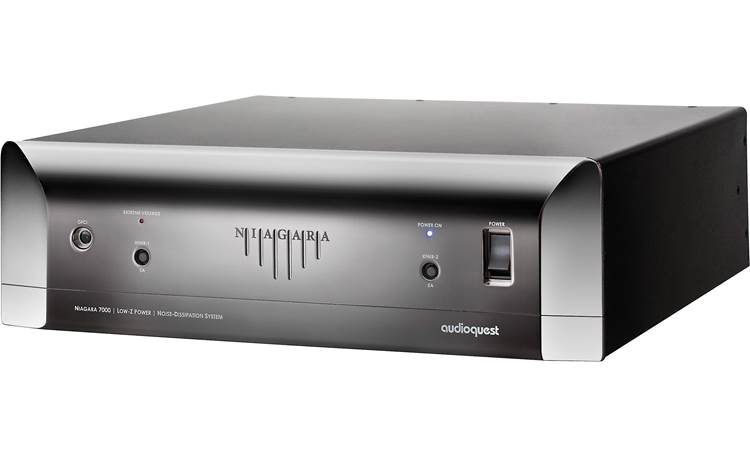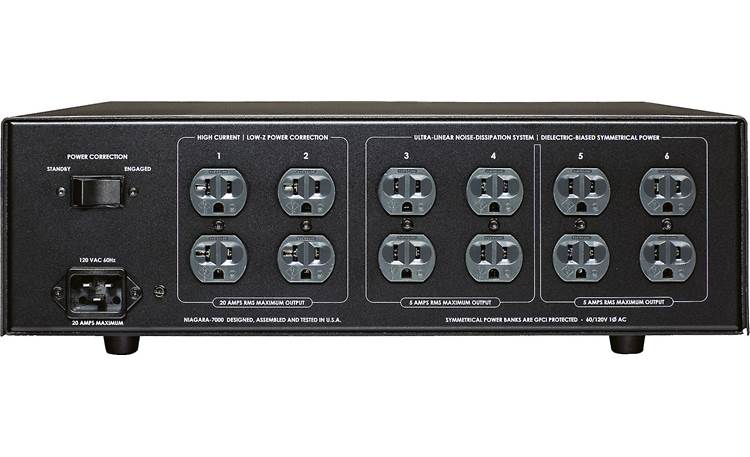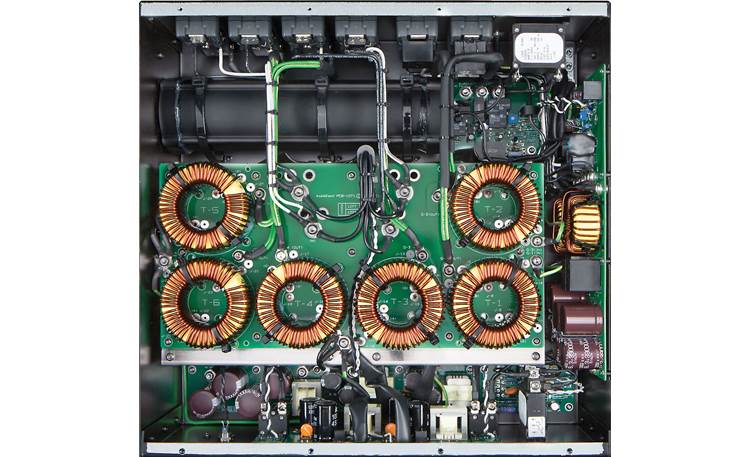Couldn't load pickup availability
The Niagara 7000 is AudioQuest's ultimate expression of the art and science of AC power conditioning. In fact, with a laser-like focus on eliminating AC-related noise, as well as reducing the harmful effects of RFI and EMI, they describe the Niagara series not as “power conditioners” but as “Low-Z Power Noise-Dissipation Systems.” For the technically inclined, “Z” refers to electrical impedance. Maintaining a low and even AC source impedance helps your system's amplification perform at its best, while enhancing the Niagara's sophisticated noise-dissipation capabilities.
If you have a heavy-duty 20-amp circuit powering your audio/video system, place the AudioQuest Niagara 7000 between the AC wall socket and your equipment for maximum performance and protection.
Why your AC power needs conditioning
"Where Alternating Current (AC) is concerned, we're relying on a century-old technology created for incandescent lights and electric motors — technology that was certainly never meant to power the sophisticated analog and digital circuits used in premium audio/video systems. To properly accommodate the promise of today's ever increasing bandwidth and dynamic range, we must achieve extraordinarily low noise across a wide range of frequencies."
— Garth Powell, designer of AudioQuest's Niagara-series power conditioners
The key to the Niagara 7000's performance is its wideband linearity, designed to avoid the current compression and distortion that typically characterize less sophisticated AC power conditioners. The Niagara 7000's "secret sauce" is AudioQuest's patented Ground Noise-Dissipation technology.
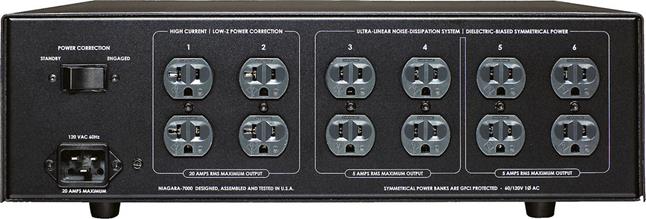
The 12 AC outlets are divided into six isolated banks to prevent noise created by one component from affecting your other gear.
A surprising amount of AC noise can be traced to the ground lead. Because the electrical service depends on this lead primarily for safety, there are very few ways to effectively reduce ground noise. Compounding the issue is the fact that many audio circuits depend on the AC ground lead to ensure an electrical ground reference for minimal system hum.
The typical 3-prong AC connector has three wires: line, neutral, and ground. In contrast to the line and neutral leads, the ground lead bypasses the component power supply and makes a direct connection to many critical analog and digital circuits, introducing a torrent of RF (radio frequency) noise. This noise is spread across a wide range of frequencies and impedances, which is why simple filters are only partially effective.
And even when the noise itself isn't audible it can mask or distort low-level audio signals, resulting in grainy sound and a constricted soundstage.
AudioQuest's patented circuit combines ultra-low impedance (at 50-60Hz) induction with proper lead orientation for optimal noise dissipation. The noise currents that would otherwise result in audible distortion are instead directed away from the sensitive audio circuits for sound that is cleaner, clearer, and more dynamic and relaxed.
AQ's Dielectric-Biased AC Isolation Transformers greatly reduce non-linear distortions that have previously plagued even the finest magnetic-based systems, while simultaneously increasing the bandwidth and efficiency of the transformers' noise dissipation.
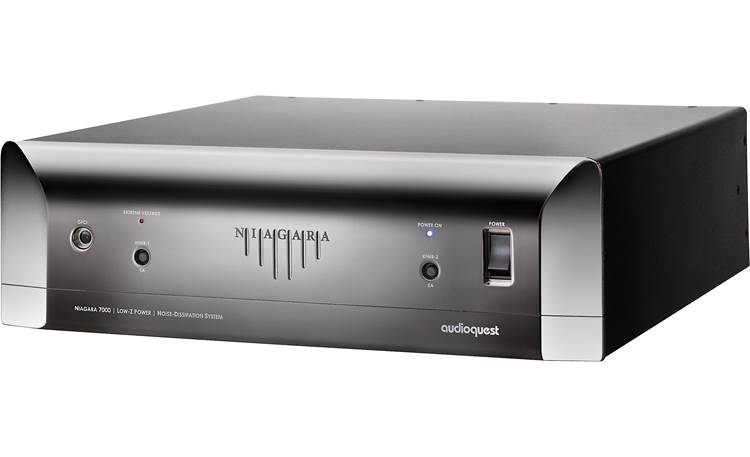
The Niagara 7000 has a total of twelve AC outlets to protect your entire A/V system. The four high-current outlets use AudioQuest's unique Transient Power Correction Circuit. Boasting an instantaneous current reservoir of over 90 amps peak, the Niagara 7000 is specifically designed for today's current-starved power amplifiers. Other AC power products feature high-current outlets that merely minimize current compression; the Niagara 7000 corrects it.
The Niagara 7000's non-sacrificial surge protection can withstand multiple AC surges and spikes up to 6000 volts or 3000 amps — the maximum that can make it through a home or office electrical panel. Lesser units sacrifice themselves in order to suppress significant surges. The Niagara 7000 is unaffected by such surges, surviving to do its job over and over again as necessary.
Undervoltage shutdown is not used, since undervoltage alone rarely damages circuits. It's the massive overvoltage that often follows an undervoltage brown-out that you have to guard against. The Niagara overvoltage circuit responds in a fraction of a second, resetting the output when the AC voltage returns to a safe range.
